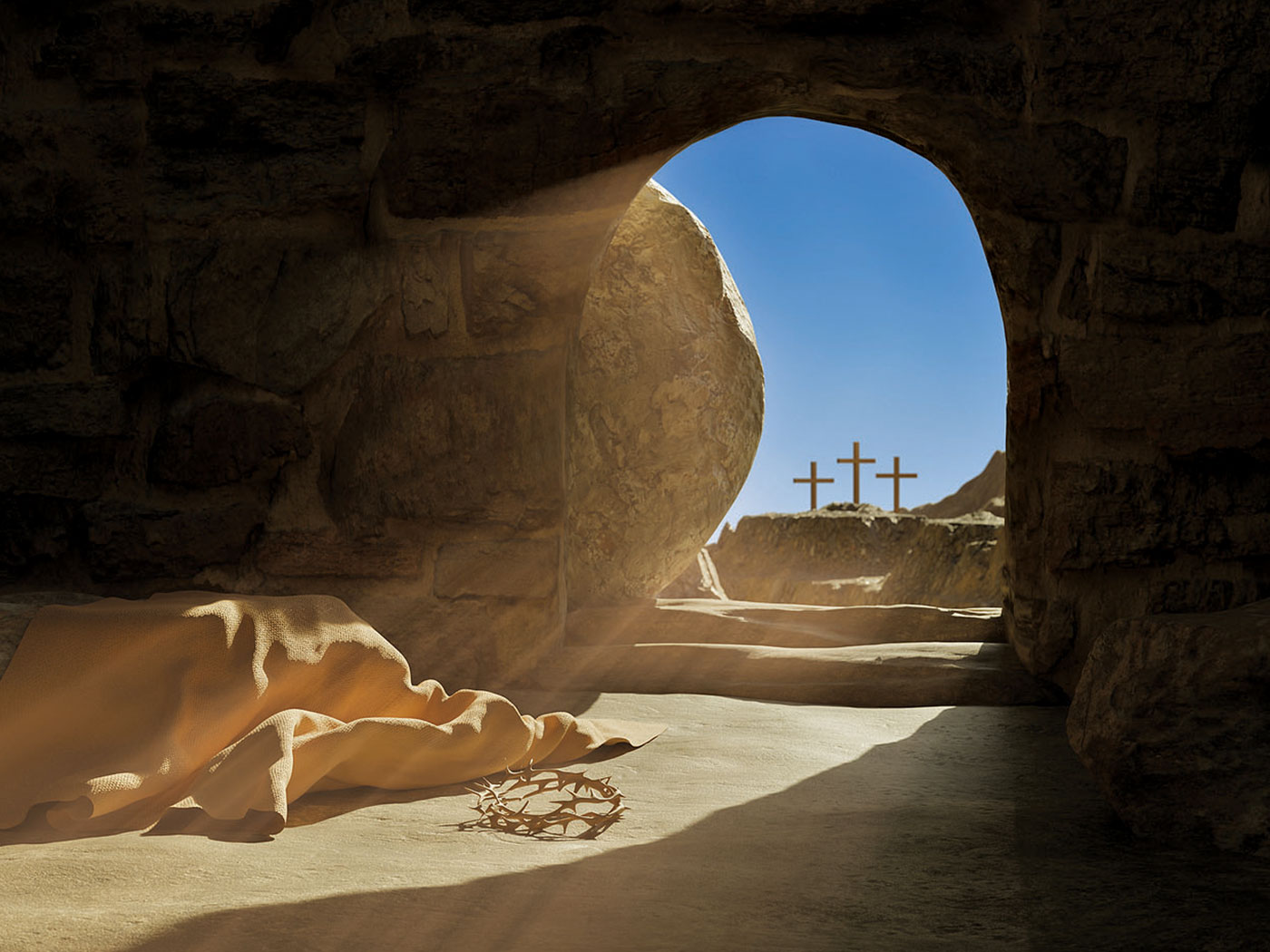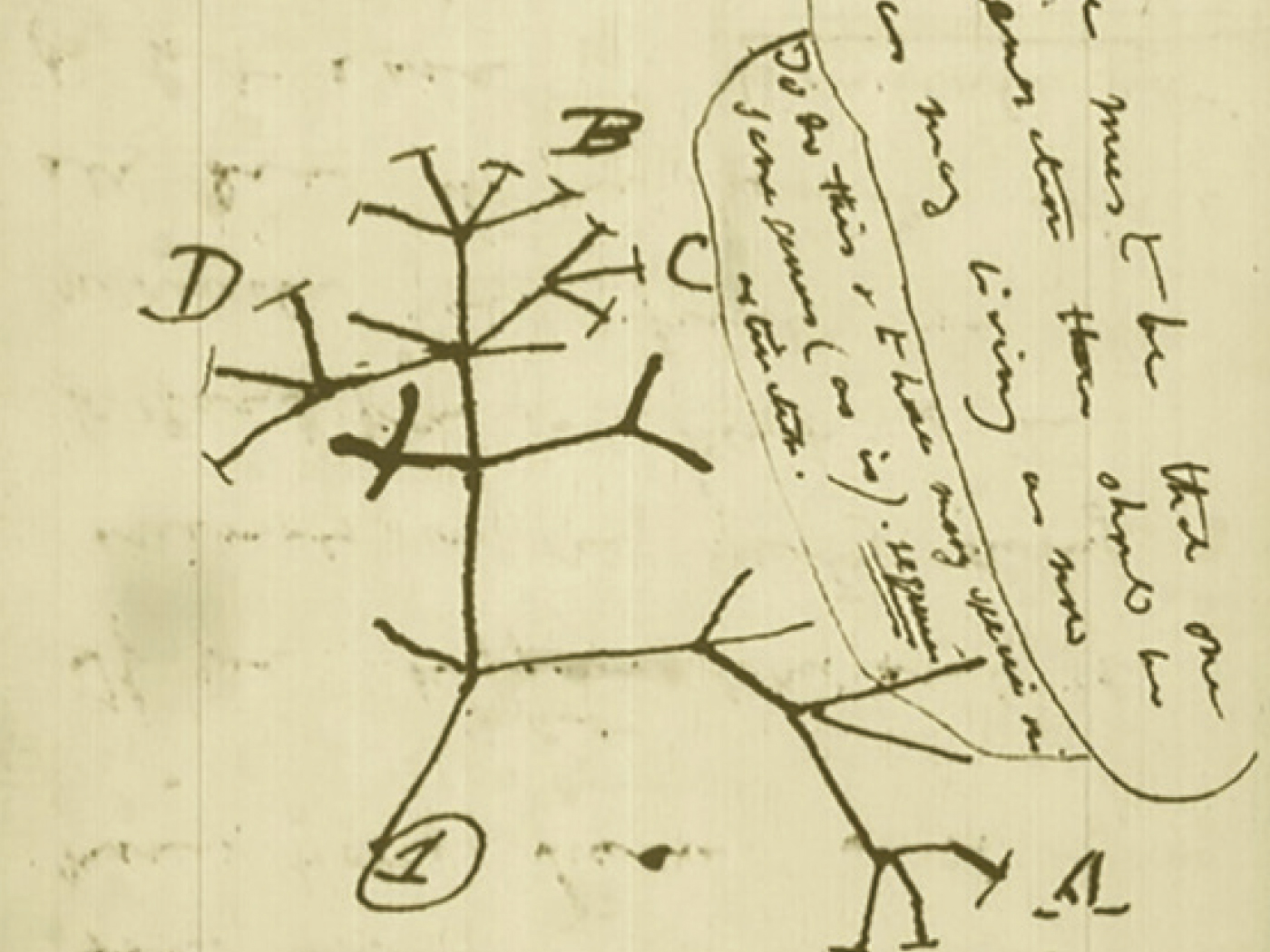Researchers just announced the systematic laboratory induced mutation of successive amino acids over the entire sequence of a simple bacterial protein.1 The results showed how even the simplest of life's proteins have irreducibly complex chemical structures. The research also showed how random evolutionary processes that are ascribed to mutations are unable to propel evolution.
DNA holds the coded information that cells use to produce proteins, which are ordered chains of amino acids. Three successive nucleotide bases of DNA code for a single amino acid of a protein. Publishing in Nature, researchers successively changed the DNA code of an entire bacterial gene to mutate every amino acid of an 83-amino-acid protein. They then tested the ability of each mutant protein version to interact with its biological target in the cell.
What they proved was that proteins have a variety of specific regions that are highly sensitive to mutation—meaning that changes in these amino acids are not tolerated. Instead, they destroy protein function and negate evolution. These results support the prior research of Douglass Axe, a famous Cambridge protein biochemist who has also mutated large segments of bacterial proteins and is a strong critic of protein evolution and defender of intelligent design principles.2,3
In the simple bacterial protein they tested, 20 out of the 83 amino acids were off-limits to so-called random mutational evolutionary processes, since each of these single amino acid changes disabled protein function. Many of these mutation-resistant amino acid positions were in key sectors of the protein that interact with its "ligand, or chemical binding partner. Unfortunately for evolutionary concepts, these sectors are exactly where nature would need mutations to occur in order for it to construct new cellular interactions that might contribute to a new, selectable trait.
While the other 63 amino acids in the protein could be changed independently of each other (successively) without completely destroying the protein's function, their changes were limited to only a few of the possible 19 other amino acids with which they shared similar chemistries. This is because many amino acid changes, even outside the most critical sectors, still alter the overall 3-dimensional properties of the protein in negative, but not completely disabling, ways. Thus, even outside the non-negotiable sectors of the protein, optimal function was often hindered by just single amino-acid mutations—a finding described over 10 years ago by Douglass Axe.2
Data from similar, but less extensive, studies prior to this one show that random mutations in even the simplest of bacterial proteins have impossible hurdles to overcome if they are to create new function, even if it only happens one amino acid at a time. It also showed how key sectors of proteins are so tightly designed that they tolerate virtually no change whatsoever.
Imagine if this sort of experiment was done in more complex proteins that are hundreds of amino acids in length, or protein complexes that also include metal ions, carbohydrates, and ribo-nucleotides integrated into their structures.
Once again, the details of molecular biology in even a seemingly simple bacterial protein, point towards the creative hand of God.
References
- McLaughlin, R. N. et al. The Spatial Architecture of Protein Function and Adaptation. Nature. Published online before print, October 7, 2012.
- Axe, D. 2000. Extreme functional sensitivity to conservative amino acid changes on enzyme exteriors. Journal of Molecular Biology. 301 (3): 585-595.
- Axe, D. 2004. Estimating the Prevalence of Protein Sequences Adopting Functional Enzyme Folds. Journal of Molecular Biology. 341:1295-1315
* Dr. Tomkins is Research Associate at the Institute for Creation Research and received his Ph.D. in Genetics from Clemson University.
Article posted on November 9, 2012.



















